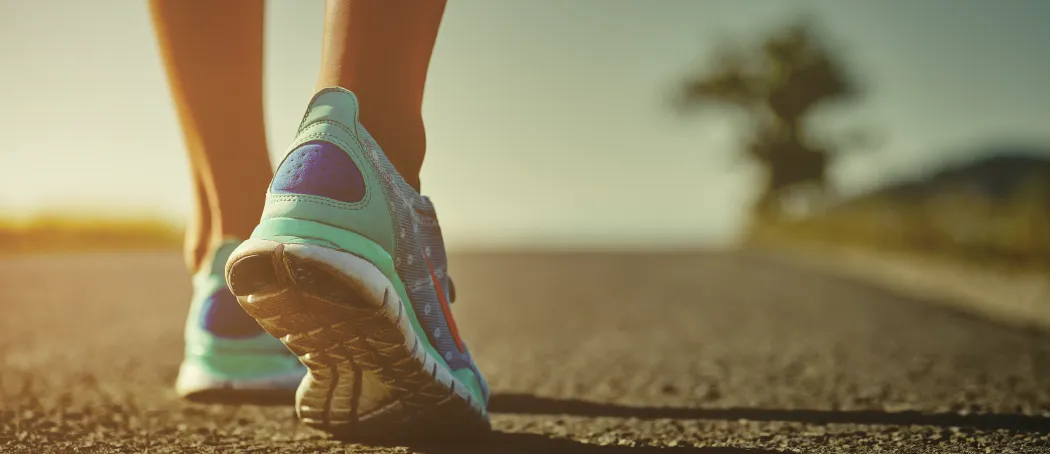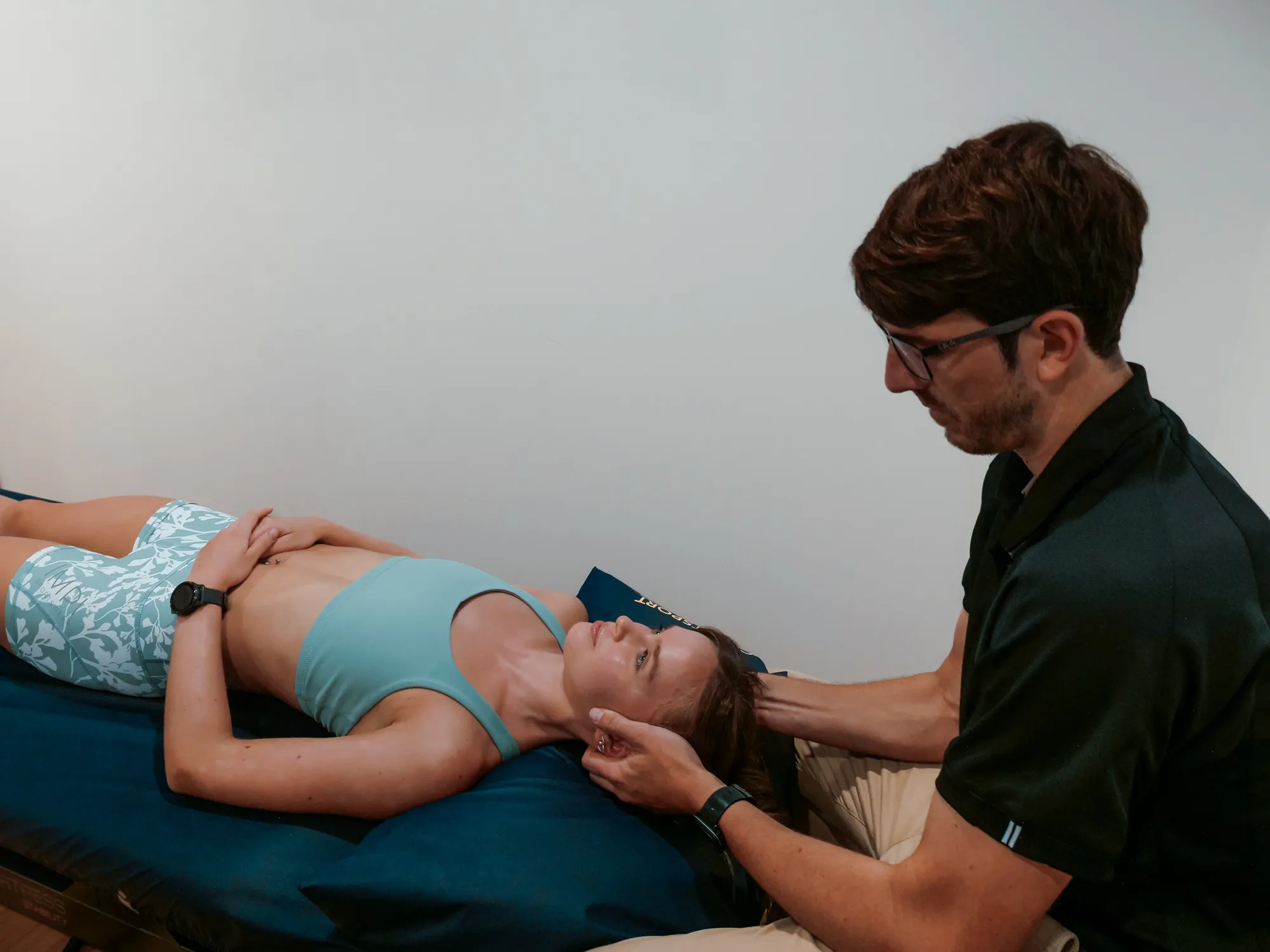How to manage blisters
icon
Blisters are a common problem for athletes and active people and can cause significant pain depending on their size. Improper management can lead to further tearing of the skin tissue, infection, bleeding, and increased pain. However, learning to care and treat blisters can reduce pain and damage to the skin.


What causes blisters?
Blisters are caused by friction and shearing forces. The friction causes the layers of skin to separate and fill with either a clear fluid or blood. It is the pressure from the fluid that causes the pain because the pressure stimulates the nerves under the skin.
Athletes prone to friction blisters on the feet are those in sports that require significant starting, stopping, and quick changes of direction. These movements cause the feet to shift in the shoe causing friction between the sock and the foot. These sports include basketball, soccer, football, volleyball, and tennis.
What is the proper treatment for a blister?
The proper treatment depends on whether the blister is intact or torn open. The skin overlying the blister is protective and should remain in place if possible. Removing this protection exposes the underlying skin to possible infection. The pain from the blister is caused by pressure from the built up fluid, draining a blister that is filled with fluid will immediately reduce the pain associated with a blister.
When draining a blister the following steps should be followed:
Clean the area thoroughly with antiseptic soap.Sterilize a household needle by heating the needle .
Gently apply pressure to one side of the blister causing the top skin to rise on one side.
Create a small hole at the base of the raised side of the blister large enough for the skin to not reseal.
With a sterile gauze pad, gently push the fluid out of the blister until all the fluid has been removed .
Cover the blister with an antiseptic ointment to prevent possible infection .
Recheck and change dressing daily until skin has completely healed.
Open blisters have already torn and need to be kept clean and free from infection.
If the open blister has completely torn, remove the torn tissue so that it is not at risk for tearing into healthy skin.
How can we help with blisters?
When patients presents with blistering our friendly podiatrists will assess weather the blister requires draining. A biomechanical assessment would be useful to determine whether the way you are walking or running is causing the blistering, and advise on the best course of action to reduce the risk of blistering in the future.
To book an appointment at Coast Sport, calling (02) 4356 2588 or book online via the button below.
Thanks to Coast Sport Podiatrist Will for writing this blog. You can find out more about Will here.




 Helping the Central Coast Feel Well, Move Well and Perform Well!
Helping the Central Coast Feel Well, Move Well and Perform Well!